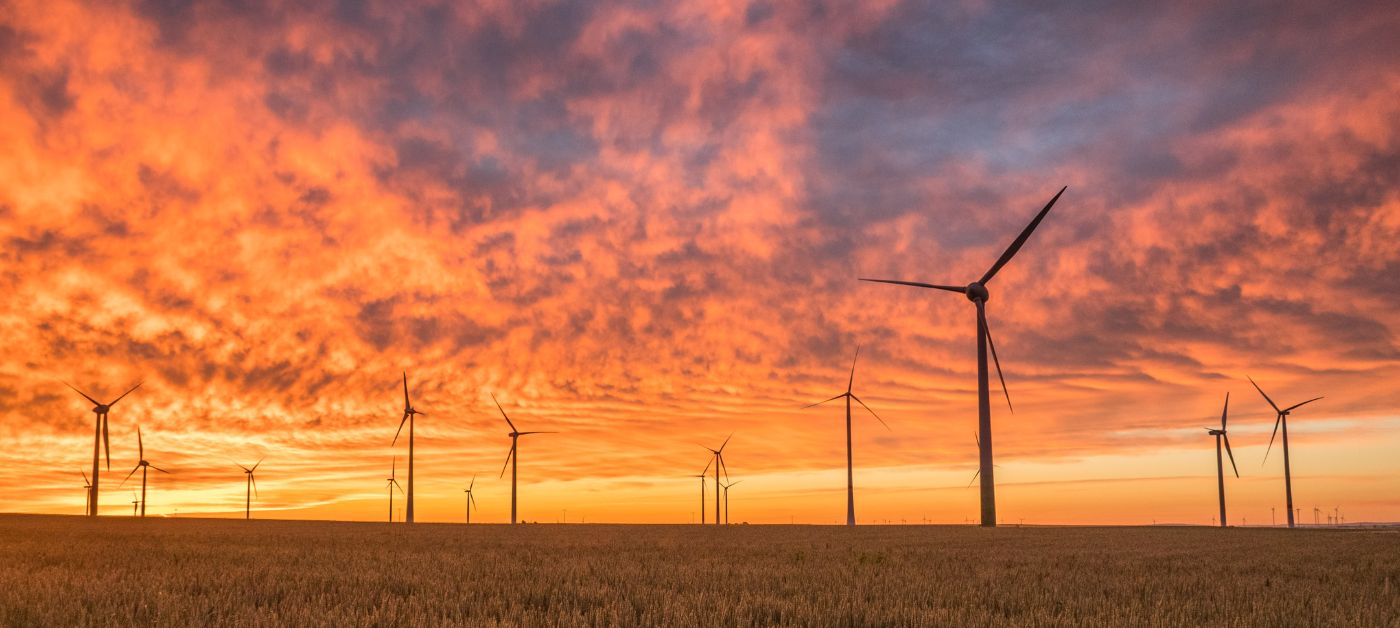Gold Standard is a certificate for climate change projects with a very high standard. Among things, it shows that a project contributes to various SDG goals. Primarily, the projects aim to lower GHG emissions. Hence, working towards goal 13, climate action. However, a gold standard level requires reaching several more goals. Such as health and reduced poverty as well.
What is the Gold Standard?
WWF and several other NGOs created the certificate. It ensures the quality of an environmental project. More so, it is common for these projects to get sponsored via climate compensation. In other words, they receive funding from the voluntary carbon market. The latter means that other companies or private persons can compensate for their emissions by sponsoring projects that are good for the planet. They offset their emissions.

Gold Standard projects and climate compensation
As mentioned, the certificate enables private persons and companies to compensate for their emissions. For example, ClimateHero helps people to support projects of this kind, as living a lifestyle that does not emit CO2 can be hard. Also, transitioning the industry to a more sustainable production can be difficult without releasing emissions. This dilemma is partly why the carbon market exists. It can be both voluntary or regulated by governments. For instance, the EU and China have large and regulated carbon markets. Yet, Gold Standard projects are related to the voluntary market, which means that people choose to offset their emissions.
More so, most of the projects take place in developing, low and middle-income countries.
How does it work to offset emissions?
Environmental projects can receive “carbon credits” when they show that they have removed GHG gases from the atmosphere. These are also known as carbon offset credits or simply carbon offset. One credit represents the removal of one “metric tonne of CO2”. Although, it is common to get credits for other gases as well. So, one carbon credit gets created for one metric tonne of GHG removed (with the same effect as 1 tonne of CO2).
For example, if a private person releases one tonne of GHG, it can offset this emission by buying one carbon credit. In theory, this means that the person has a carbon footprint of zero. More so, one tonne of CO2 is about a person’s average monthly carbon footprint in Europe.
Furthermore, Gold Standard issued 191 million carbon credits by 2021. These were from projects in over 98 different countries.
Gold Standard principles
1. The project shall do no harm, complying with the UNDP Millennium Development Goals (MDG) Carbon Safeguard Principles.
2. The project shall enhance sustainable development.
3. The project shall involve all relevant stakeholders.
4. Greenhouse gas emission reductions and carbon sequestration shall be real.
5. The project shall be compliant with all relevant laws and Gold Standard Principles.
6. The project shall be transparent.
7. The project’s compliance and progress shall be monitored, reported and independently verified throughout the entire crediting period.
Source: Gold Standard, Carbon credit capital, Gold Standard Principles

